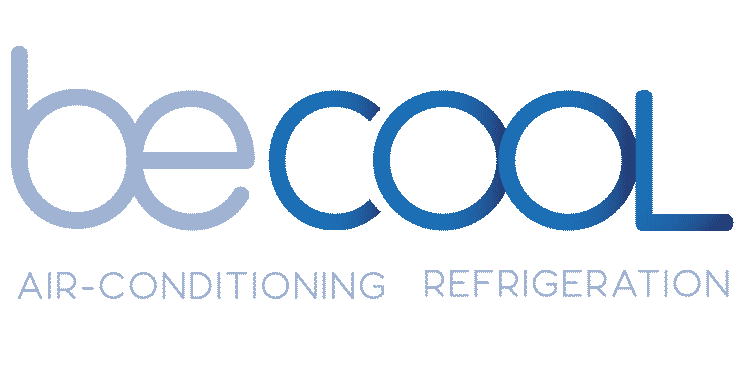Ensuring Safety in Cold Rooms: The Importance of Dependable Trap Alarms
The Dangers of Accidental Entrapment in Cold Rooms Are you aware of the potential risks in cold rooms that lack a dependable trap alarm system? In the heart of London, the importance of a reliable cold room installation is paramount. Without the right safeguards in place, individuals can be left vulnerable and trapped. That’s where […]



